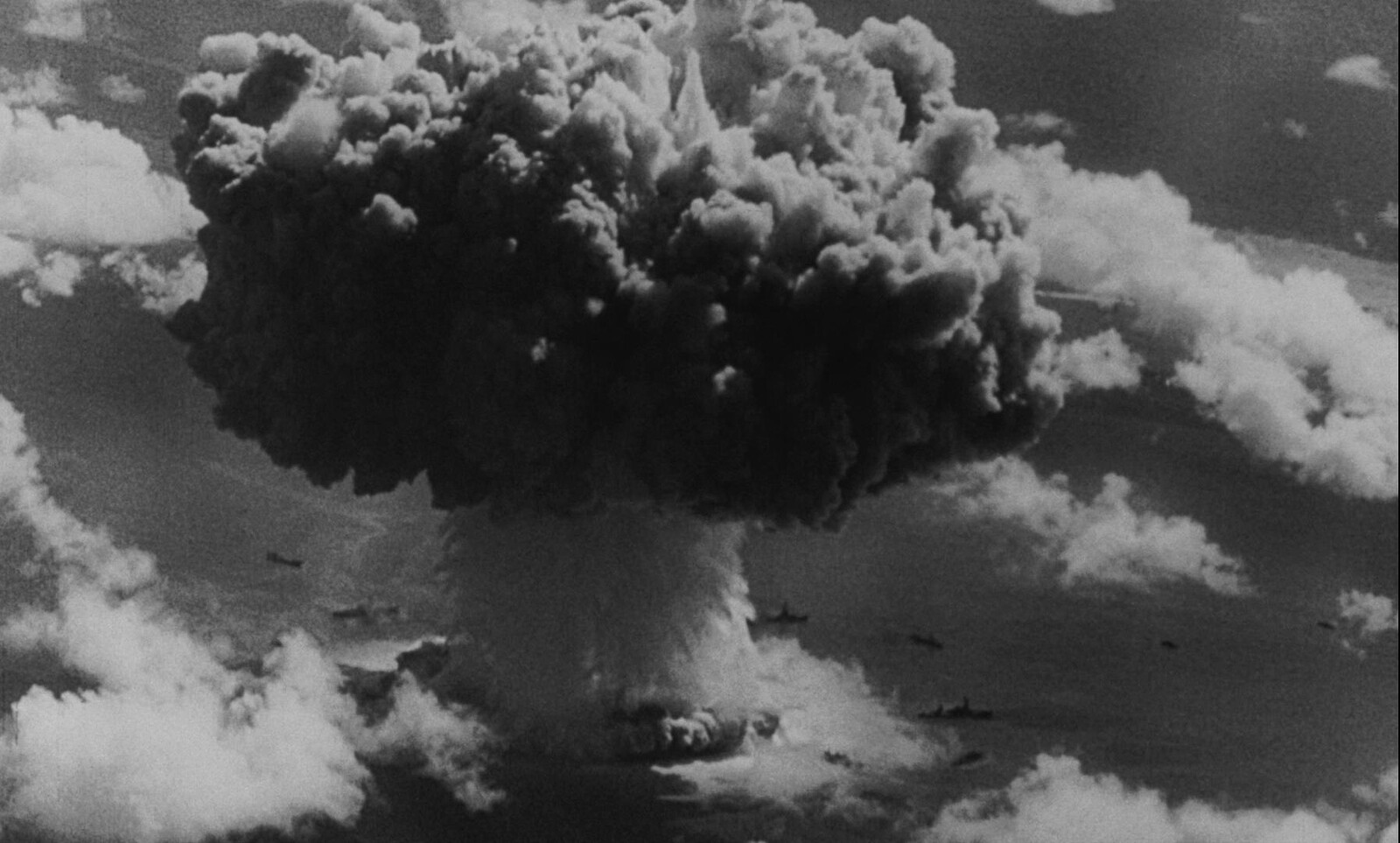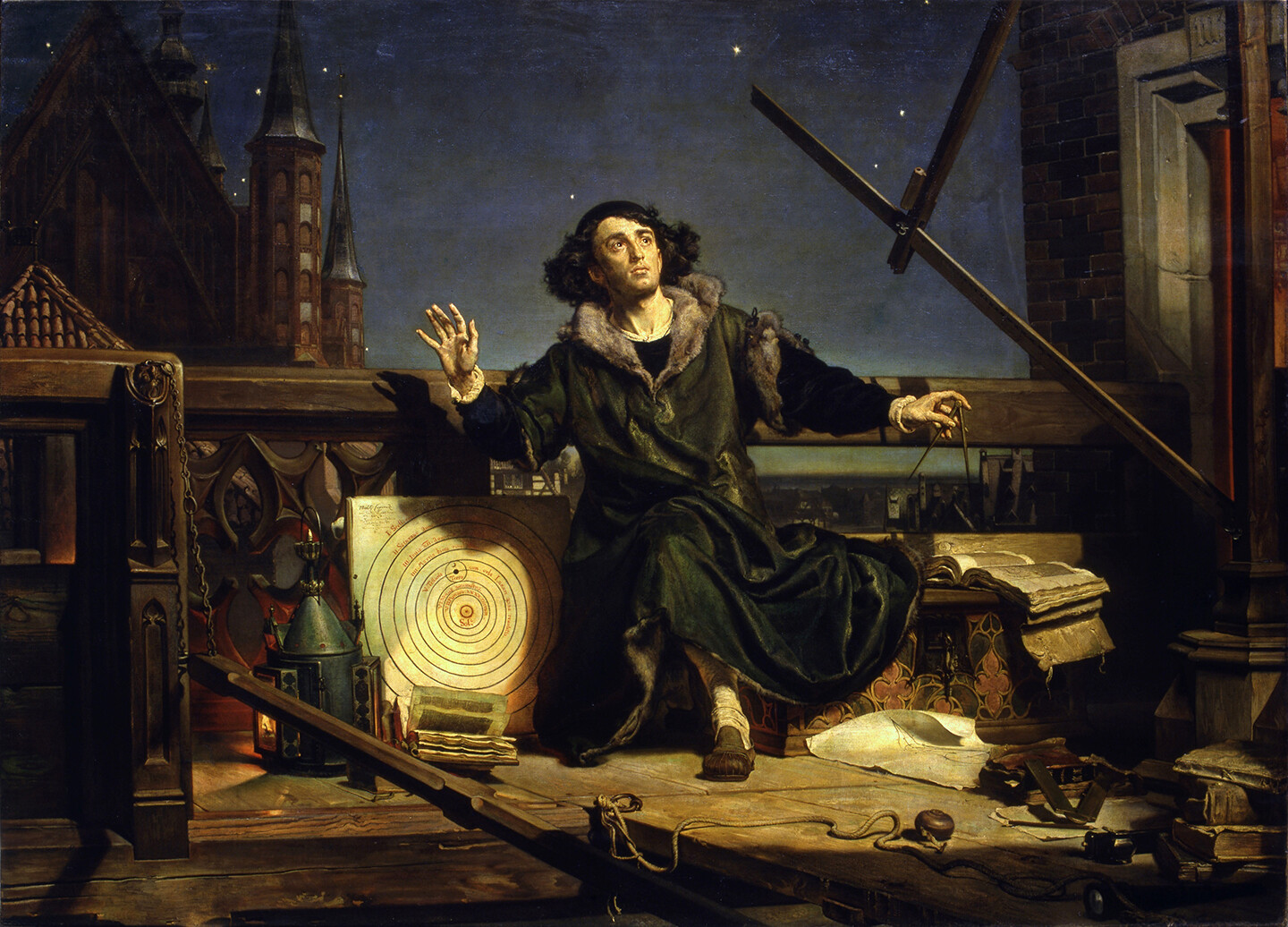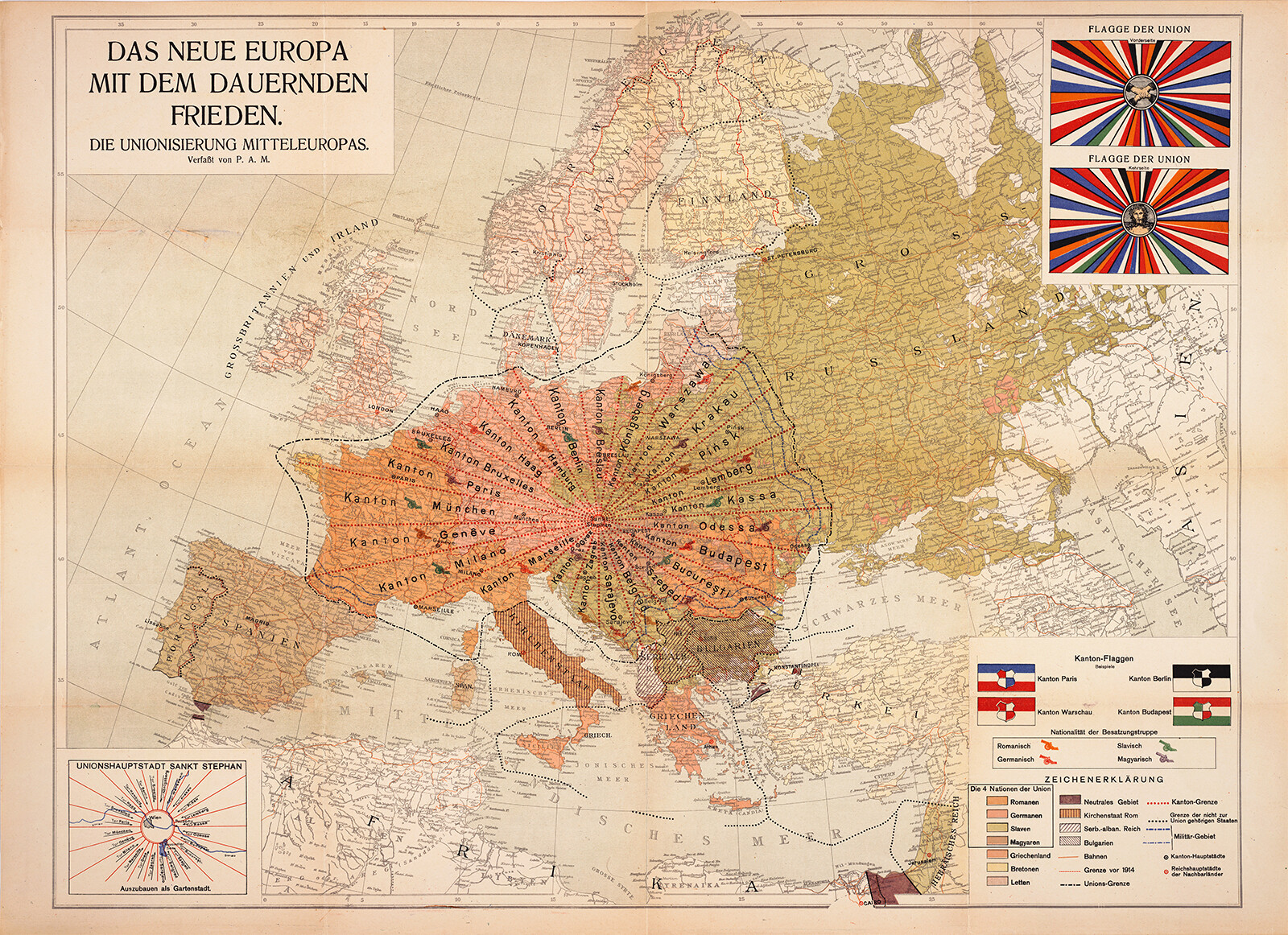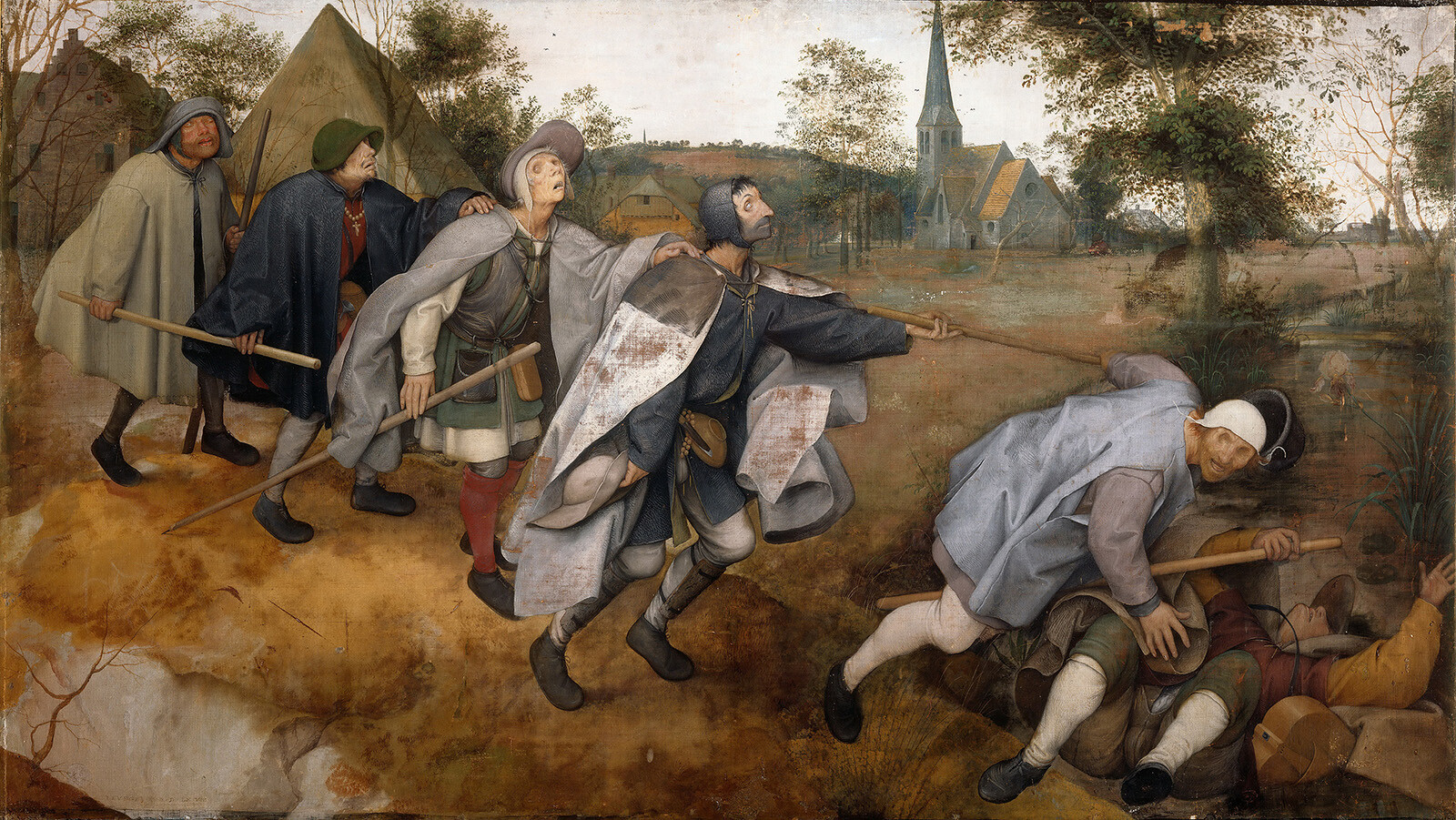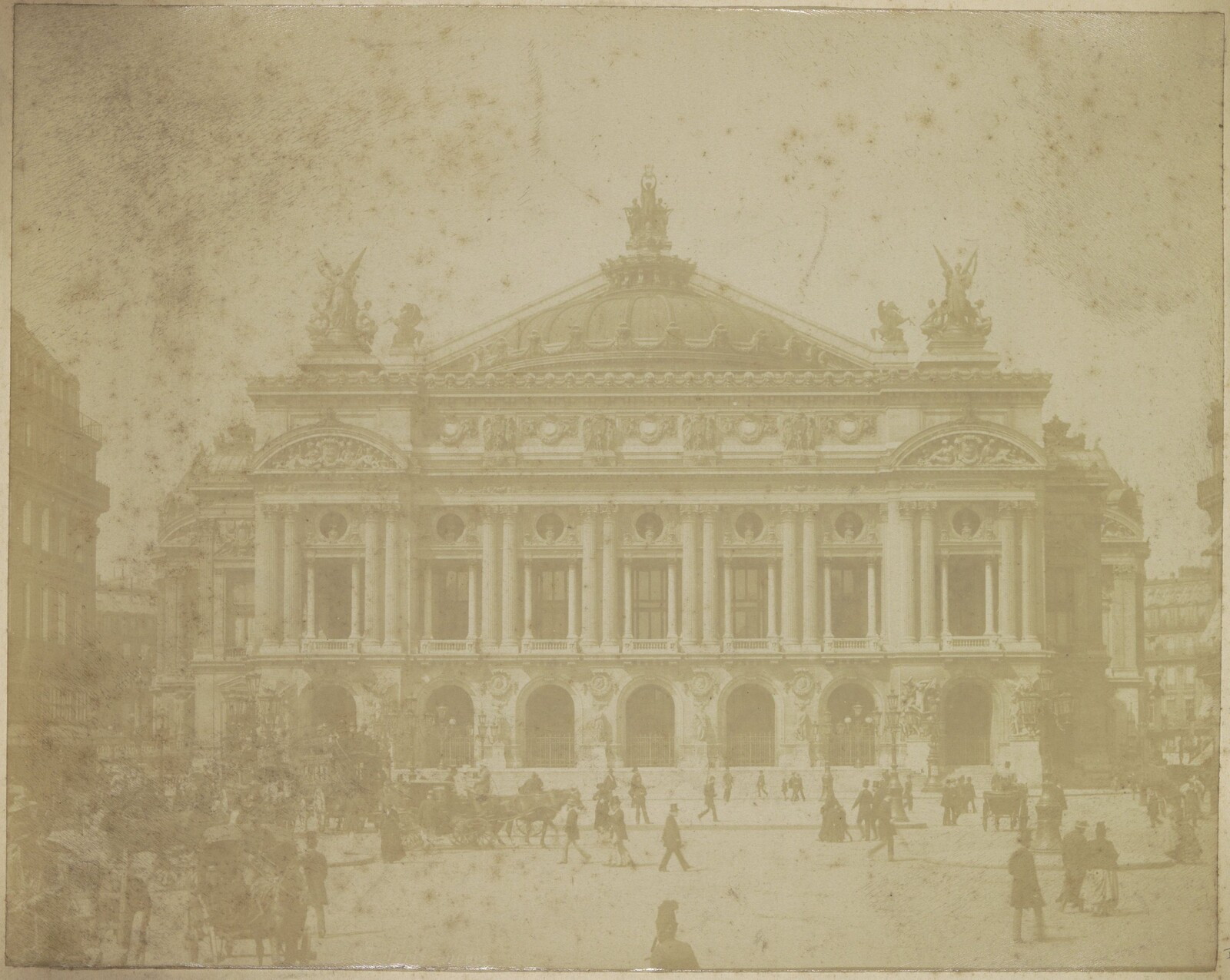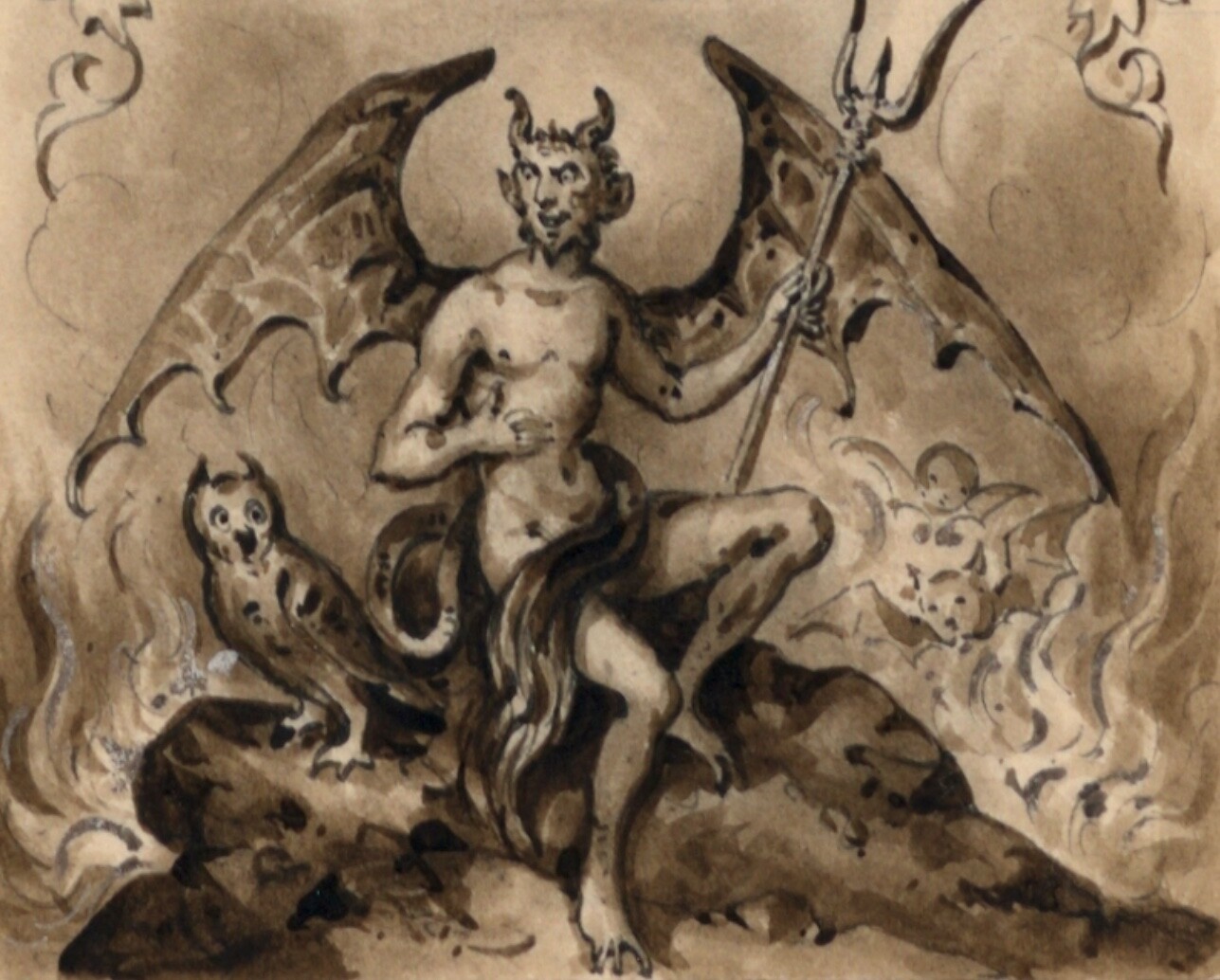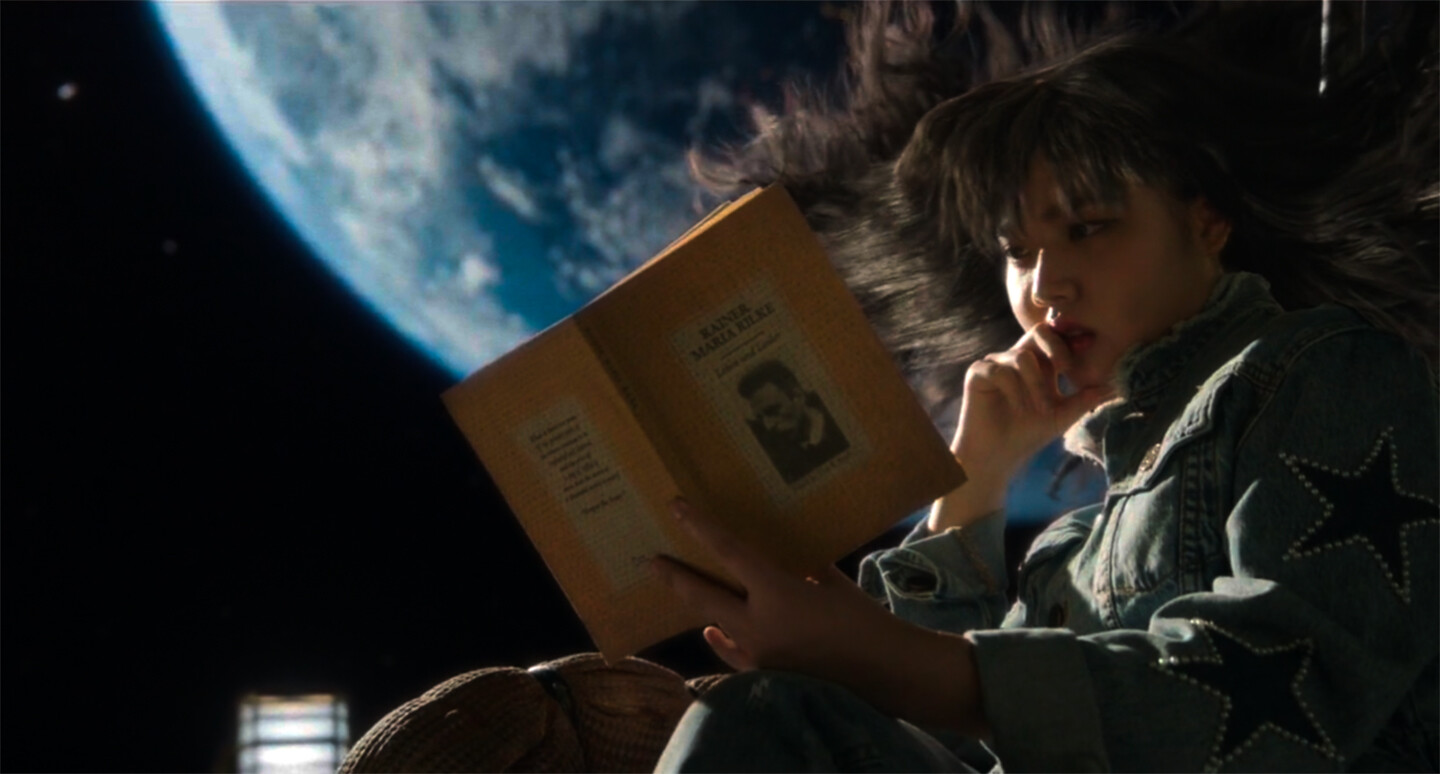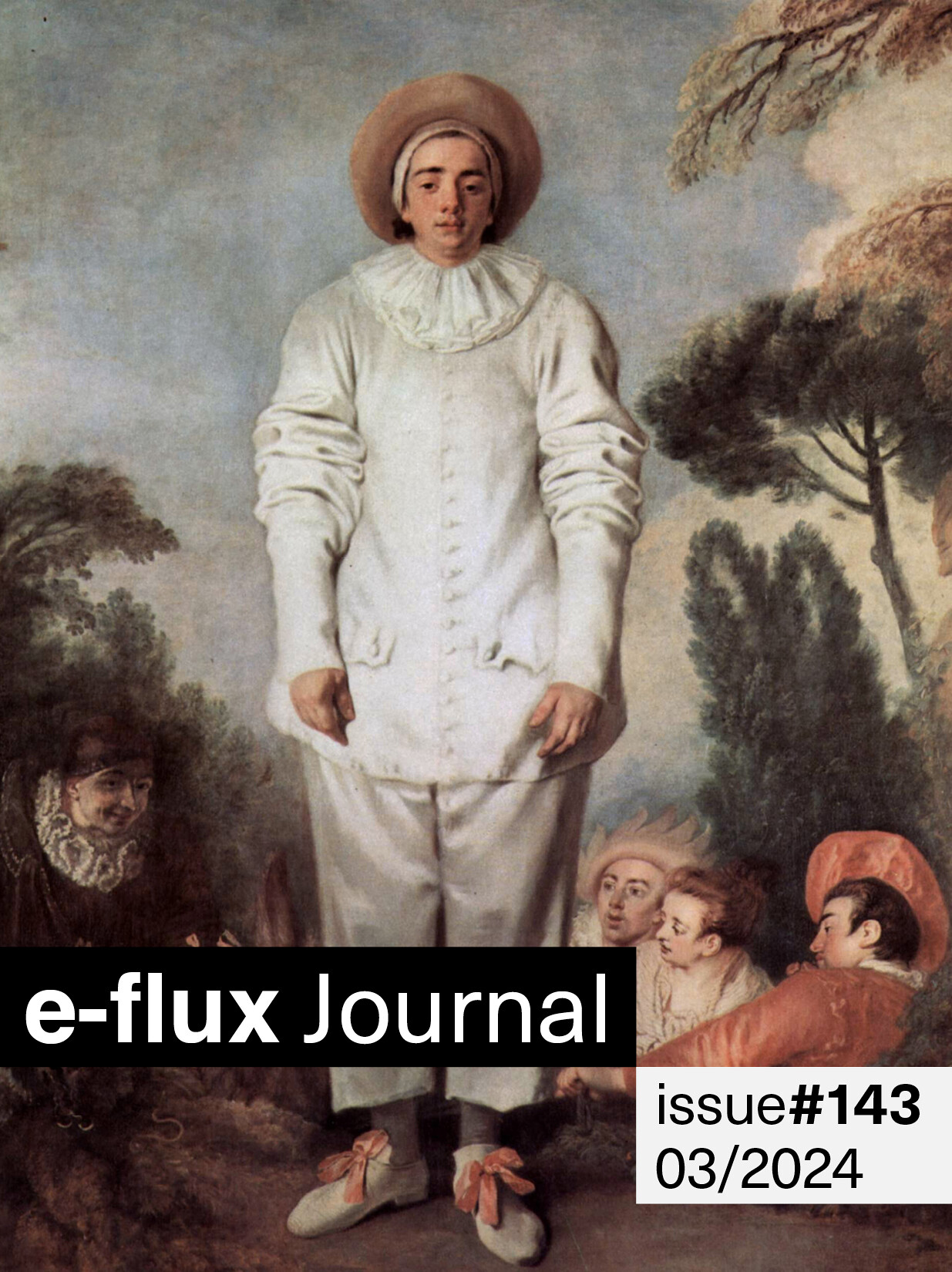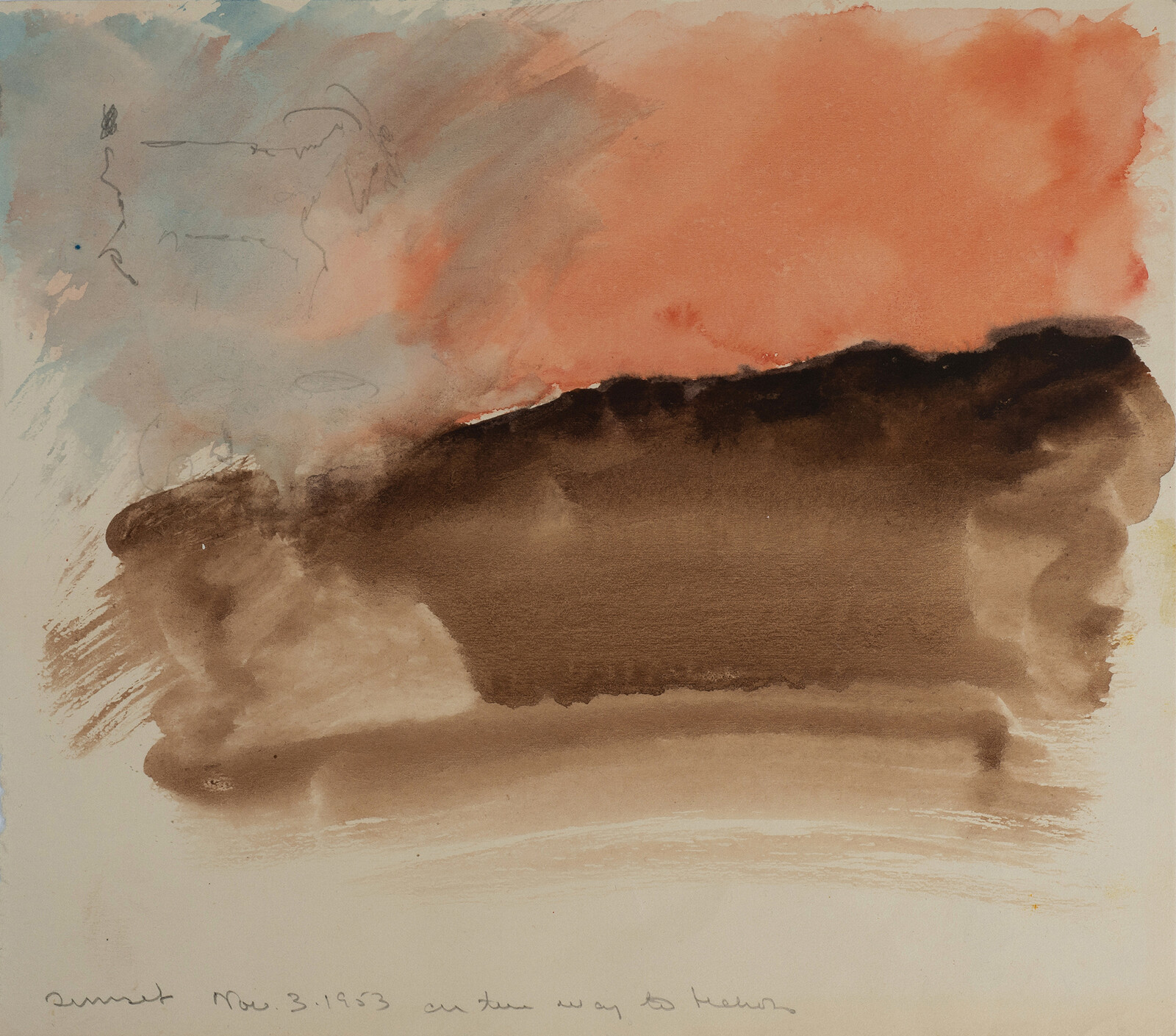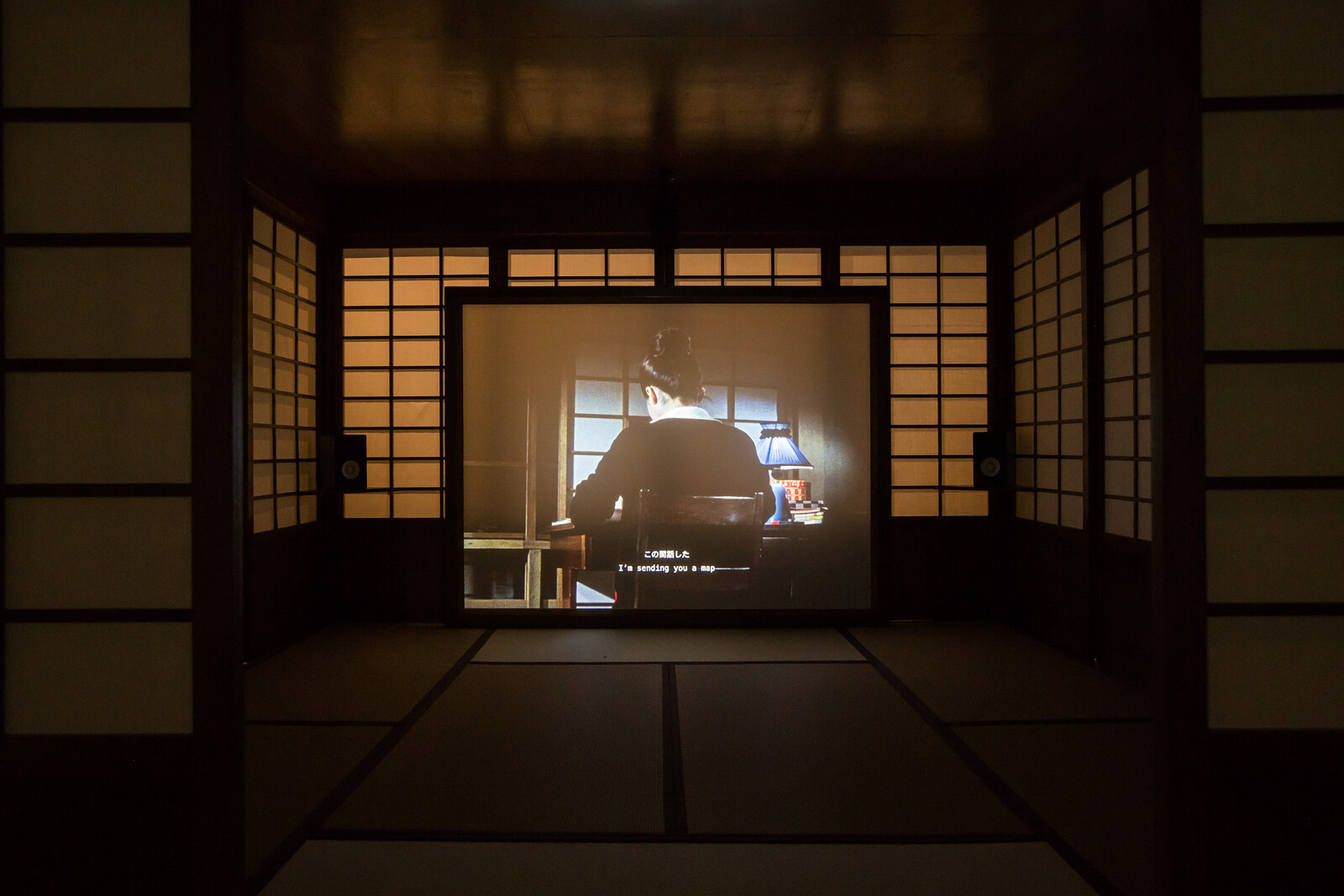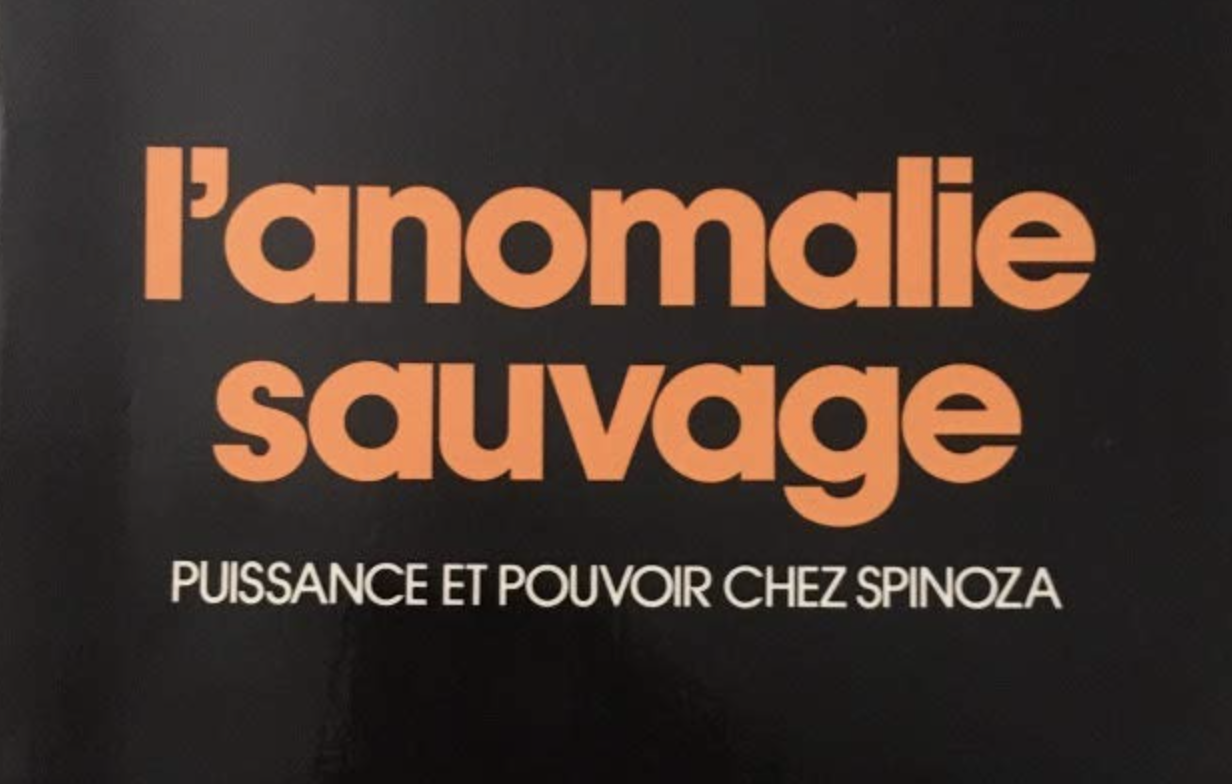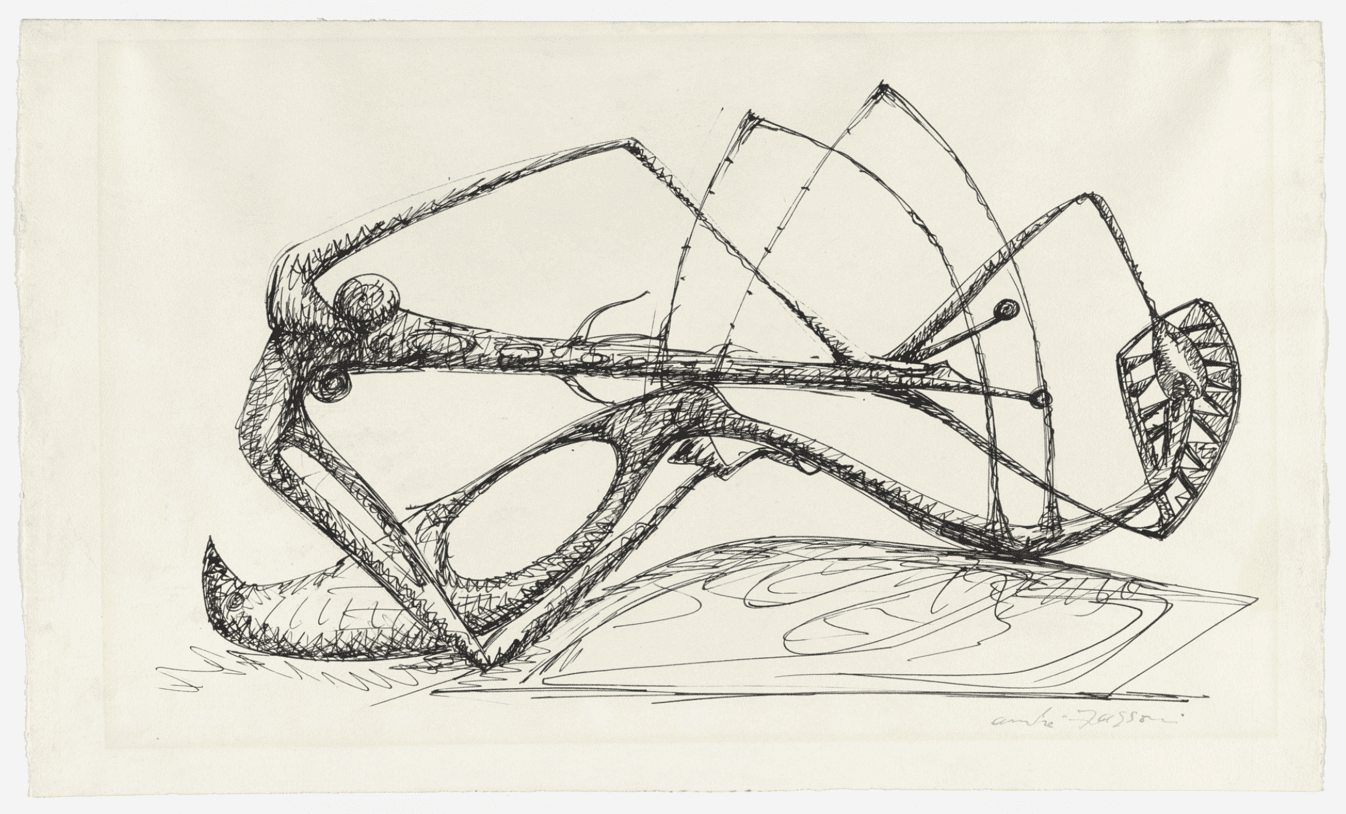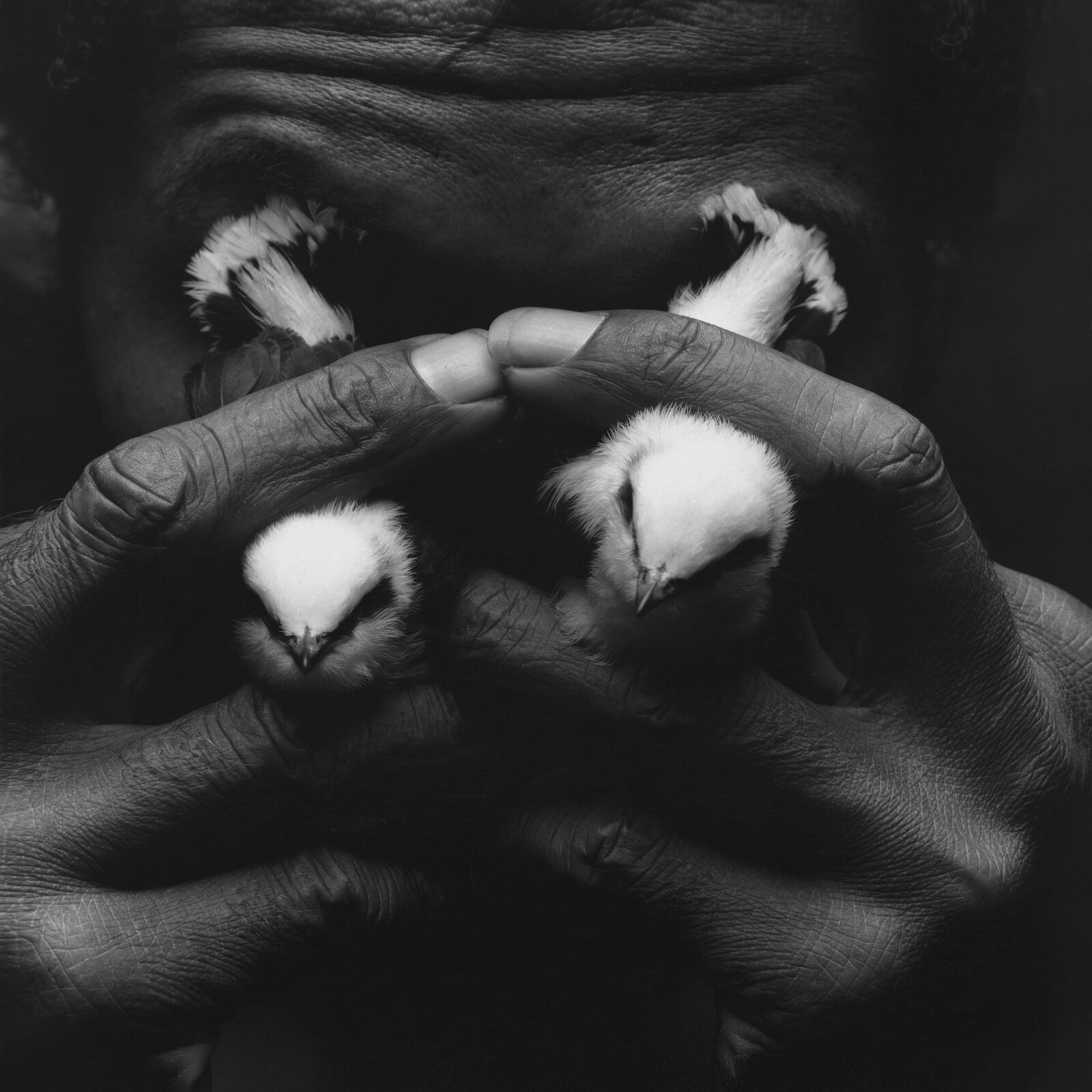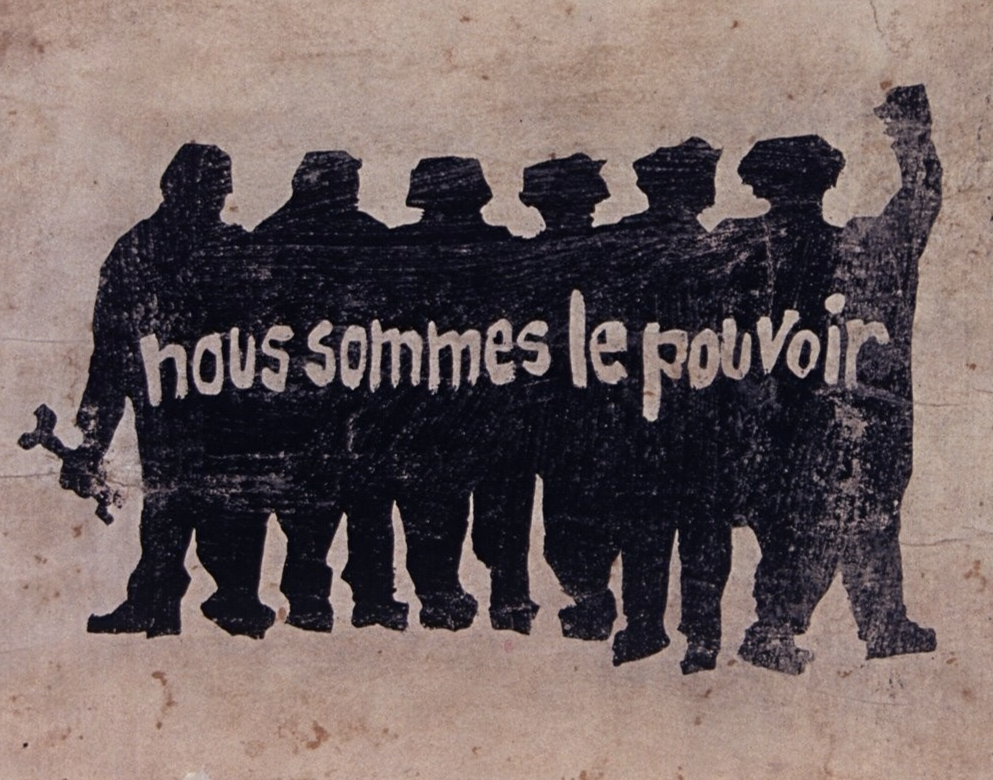According to Evald Ilyenkov, the dialectic process must have no beginning and no end; it must be infinitely circular. Such an infinite circulation presupposes that at the end of every cosmic period, every humanity takes the decision to explode itself and thus let the universe start a new cosmic period. Here dialectical materialism is inscribed not merely into historical materialism but into the symbolic exchange between universe and humanity, between nature and spirit.
In past centuries, almost every philosopher was addressed according to nationality, and a new school of thought was often prefixed with a nationality. A thinker can only go beyond the nation-state by becoming heimatlos, that is to say, by looking at the world from the standpoint of not being at home. This doesn’t mean that one must refrain from talking or thinking about a particular place or a culture; on the contrary, one must confront it and access it from the perspective of a planetary future.
In the twenty-first century, we can easily sense that this process of destruction and recreation is only accelerating rather than slowing down. The longing for Heimat will only be intensified instead of being diminished; the dilemma of homecoming can only become more pathological. In fact, two opposed movements are taking place at the same time: planetarization and homecoming. Capital and techno-science, with their assumed universality, have a tendency toward escalation and self-propagation, while the specificity of territory and customs have a tendency to resist what is foreign.
It can be difficult to see what is lost when loss is experienced. Freud described melancholia as a condition in which what is lost, beyond any particular object, is ultimately the subject’s relation to the world, which he then describes as a topographical withdrawal back into the self and narcissism, a state he called melancholia. In the process, the relation to the external world is severely compromised. But, Anders asked, could it be possible to start from the opposite premise—that the relationship to the world is never guaranteed a priori?
It is also true that photography itself is an encounter with the fact that things are not what they appear. That they are in fact appearances. Eyes traveling through this occupation need to adapt to yet another kind of light. One with enough strength to expose and then decode the symbols of settler-colonialism that order one’s field of view: prickly pears growing over shattered limestone, expatriated palms and pines, color-coded rooftop water tanks, rose-red corrugated roofs, multibillion-dollar separation barriers, demolition rubble, expansive checkpoints, and bypass roads around shrinking enclaves of Palestinian-only areas. In other words, the ability to read the signs is part and parcel of decolonizing vision. So too is understanding the original fabric of historic Palestine so as to read through the layers of what has been erased and replaced against what has been appropriated.
Art has from the very beginning been deeply intertwined with reflections on our position within the cosmos and what this might teach us of mortality. My goal with “Cosmos Cinema” was to consider how these themes are addressed by artists working both historically and today, and to place these artists into new sets of relations.
Even if images today are flexible and manipulated, and even if passive spectacle is over and we have all become producers of images, we are always reacting against already established image-myths, and suspicion, revolts, and fragmentations only actualize their exhausted bones. But rather than attempt a media theory, here I still write to merely answer the question: Who pierced the eyes of Assum Preto?
The unwieldy, internally variegated, and contested traditions that one might nevertheless nominate as black critical theory and black artistic practice, respectively, have had difficult relationships with various traditions of scholarly and aesthetic formalism (though these are, of course, hardly discrete designations). To begin with, the intellectual and artistic forms associated with blackness have typically been regarded by established traditions of formalism with, at best, skepticism.




